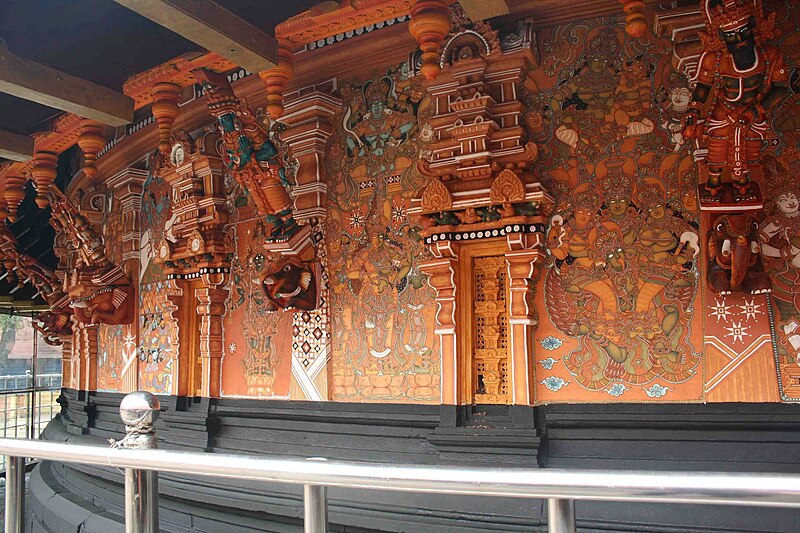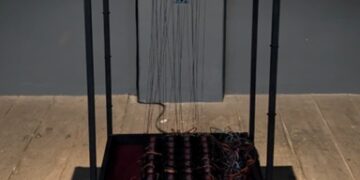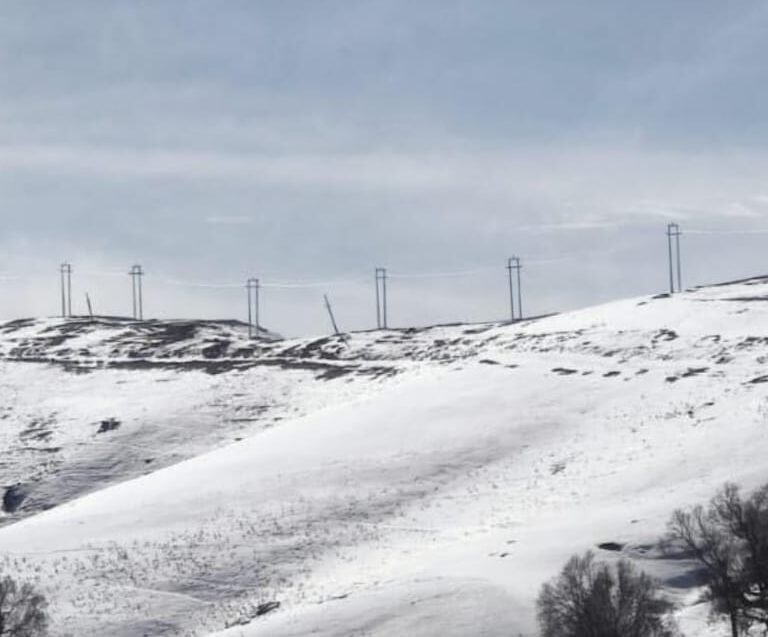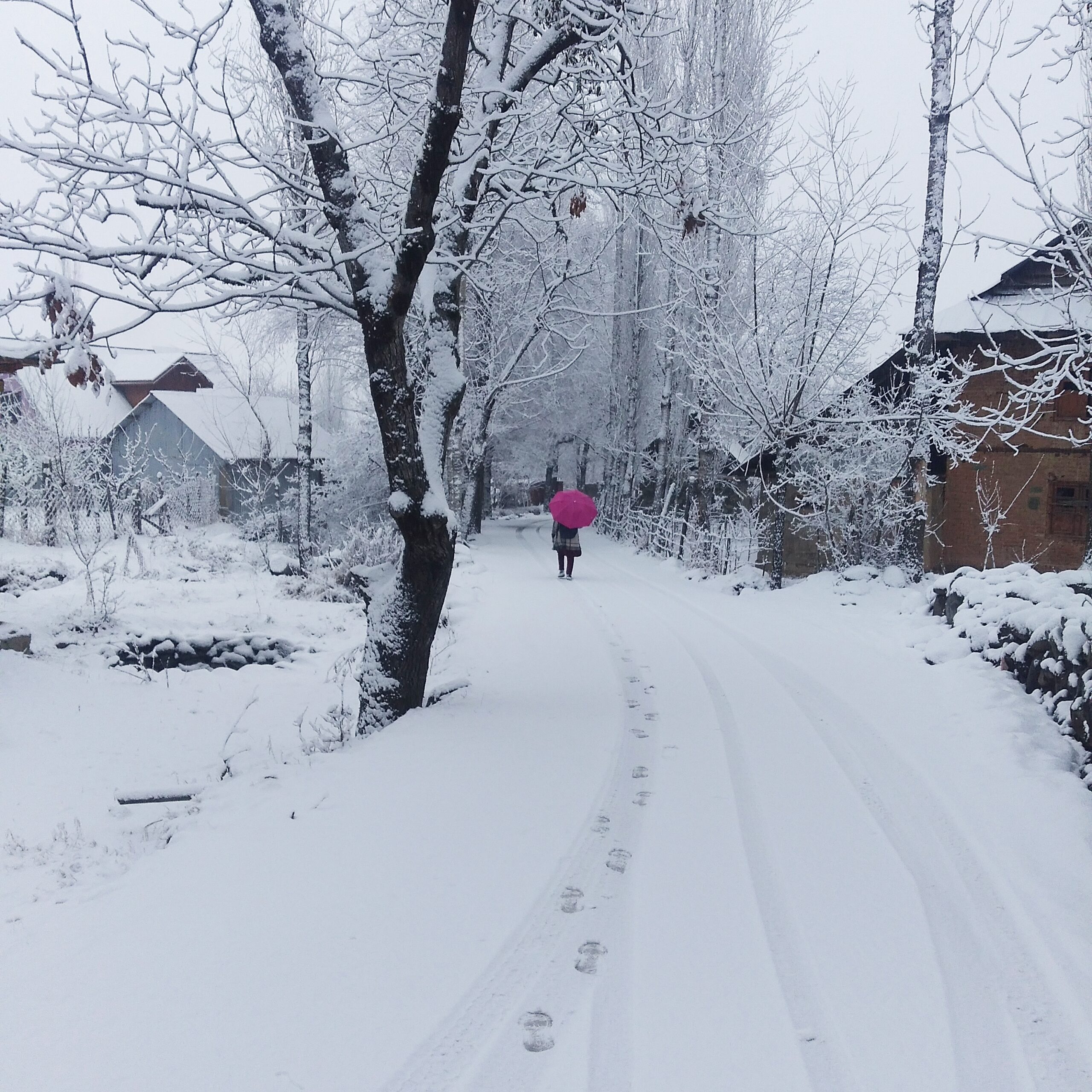Kerala mural paintings are a distinctive and vibrant form of art that beautifully captures the essence of Hindu mythology. Found in ancient temples and palaces throughout the state of Kerala, India, these murals offer a fascinating insight into the region’s rich cultural heritage. Dating primarily from the 9th to 12th centuries CE, this art form flourished under the patronage of various royal families and showcases a remarkable tradition that continues to inspire artists and art lovers alike.
Historical Context
The origins of Kerala mural paintings can be traced back to ancient scriptures and texts that detail the techniques and philosophies behind this artistic expression. The foundational text for these murals, the Chithrasoothram, is part of the Vishnu Dharmottara Purana, written around 1500 years ago. This comprehensive treatise includes 287 verses spread across nine chapters and discusses the nature of painting, the role of the artist, and the relationship between the painter and the observer. It serves as a crucial resource for understanding Indian painting in general.
Other important texts that contribute to the understanding of Kerala murals include the Tantrasamuchaya, authored by Narayanan in the 15th century, Abhilashitartha Chintamani from the 12th century, and Silparatna by Sreekumaran in the 16th century. The iconography in these murals is largely influenced by Dhyanaslokas, which elaborate on various mythological figures and their attributes.
Notable Murals and Sites
The murals of the Thirunadhikkara Cave Temple and Tiruvanchikulam are considered among the oldest examples of Kerala’s unique mural style. The state boasts several masterpieces, including, Ettumanoor Shiva Temple, Renowned for its intricate depictions of Lord Shiva and various mythological scenes.Mattancherry Palace, Home to remarkable Ramayana murals that vividly narrate the epic’s story.Vadakkumnatha Kshetram, This temple features detailed murals that explore various aspects of Hindu mythology.
Additional sites featuring exquisite murals include the temples at Trikodithanam, Vaikom, Pundarikapuram, Udayanapuram, Triprangode, Guruvayoor, Kumaranalloor, and the Vadakkunathan temple in Thrissur. Mural art can also be found in churches, such as those in Ollur, Chalakkudy, and Edappally, as well as in palatial settings like Krishnapuram Palace and Padmanabhapuram Palace.
Despite the flourishing tradition, the art of mural painting in Kerala faced significant challenges during British colonial rule, which led to a decline in its practice. The traditional artisans, who had once enjoyed royal patronage, found it increasingly difficult to sustain their craft. Fortunately, after India gained independence in 1947, efforts were made to revive this cherished art form.
Key institutions played a pivotal role in this revival. The Centre for Study of Mural Paintings, established by the Guruvayur Dewaswom Board in Thrissur district, became a significant hub for training artists in traditional techniques. Under the guidance of prominent figures such as Mammiyoor Krishnan Kutty Nair, the school sought to preserve and promote the art form. Similarly, the Sree Sankaracharya University of Sanskrit in Kalady has contributed to this revival by fostering research and education in mural painting.
Techniques of Mural Painting
The creation of Kerala murals involves a meticulous process divided into four main steps:
1. Preparation of the Ground
This step is critical to ensuring the longevity of the murals. The preparation involves multiple layers of plaster, usually made from lime and sand. The first layer consists of a mixture of lime and clean sand in a 1:2 ratio. The second layer includes the same mixture with the addition of cotton to impart a gleaming white texture. Finally, the wall undergoes 25-30 washes of a mixture of quick lime and tender coconut juice to achieve a smooth and glossy finish.
2. Sketching the Outline
Once the wall is prepared, artists sketch the outlines of the figures and scenes they intend to paint. This stage is crucial for laying the groundwork for the vibrant colors that will follow.
3. Application of Colors
The colors used in Kerala murals are derived from natural sources, adhering to a traditional palette known as panchavarana, which includes five primary colors: red, yellow, green, black, and white. Each color is prepared using specific natural pigments—red from red laterite, yellow from yellow laterite, white from lime, and black from oil-lamp soot. Green is created by mixing the extract from Indian Indigo leaves with the sap of the Eravikkara plant.
4. Addition of Decorative Details
The final step involves embellishing the mural with intricate decorative elements, enhancing the overall aesthetic appeal. This phase requires great skill and an understanding of the thematic elements depicted in the murals.
Symbolism and Color Usage
In Kerala murals, colors are not merely decorative; they carry significant symbolic meaning. Characters are often painted in specific colors to reflect their attributes as outlined in Hindu mythology. Divine and spiritual figures (satwika) are typically depicted in shades of green, representing purity and harmony. Those associated with power and material wealth (rajasic) are rendered in vibrant reds and golden yellows. In contrast, malevolent characters (tamasic) are often portrayed in shades of white or black, emphasizing their darker nature.







